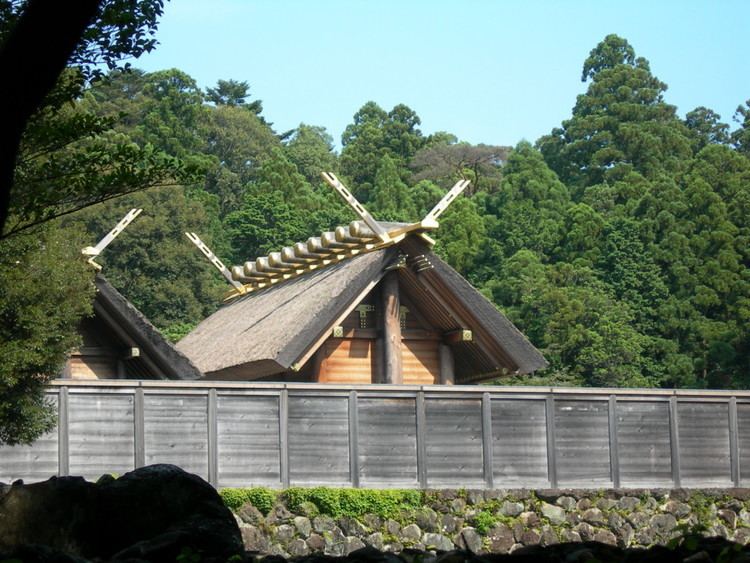645–650 Taika 686–686 Shuchō 704–708 Keiun | 650–654 Hakuchi 701–704 Taihō 708–715 Wadō | |
 | ||
Kanji (寛治) was a Japanese era (年号, nengō, "year name") after Ōtoku and before Kahō. This period spanned the years from April 1087 through December 1094. The reigning emperor was Emperor Horikawa-tennō (堀河天皇).
Contents
Change of era
Events of the Kanji era
References
Kanji (era) Wikipedia(Text) CC BY-SA
